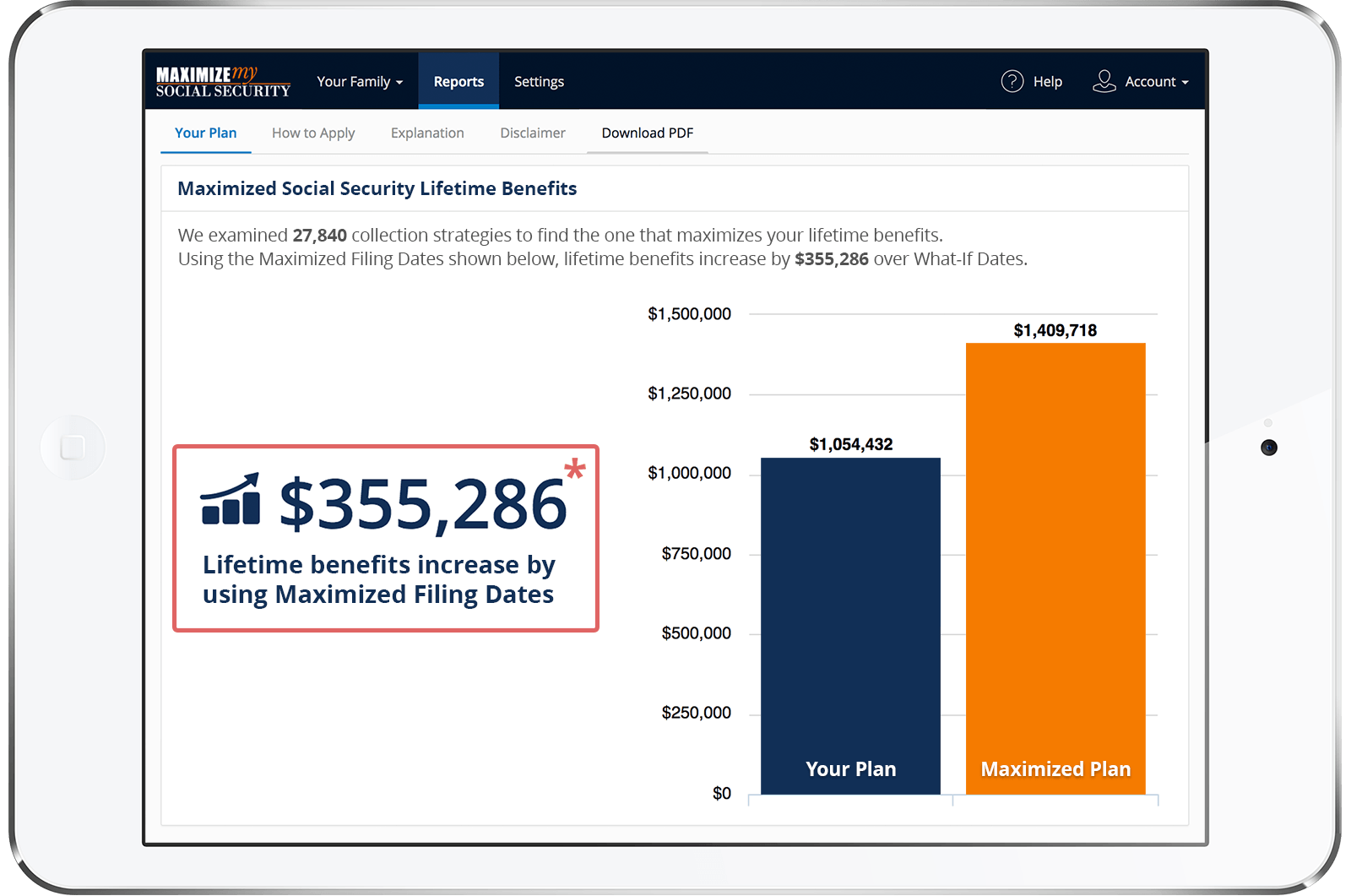Hi Larry,
First of all, thank you for taking the time to help us all with our questions and concerns. Here's my qiestion: I am disabled and get SSI, but I want to work. Say I start working at 36 years old and retire at 67 (my full retirement age), will my retirement benefits be low due to the fact that I'll have less than 35 years of work history? Thank you for your time. God bless you!- Monique
Hi Monique. That's a complex question. First off, if you receive only Supplemental Security Income (SSI) payments then you must not be insured for Social Security disability (SSDI) benefits. If that's true and if you do become insured for Social Security retirement benefits but not SSDI benefits, then your eventual Social Security retirement benefit rate would be based on an average of your highest 35 years of Social Security covered wage-indexed earnings.
However, if you currently receive SSDI benefits or if you work enough to become entitled to SSDI benefits prior to age 62, then your SSDI benefit rate would be based on fewer than 35 years of earnings. Basically, the younger you are when you become entitled to SSDI benefits, the fewer the number of earnings years used in the computation.
In other words, in most cases SSDI benefits are calculated using fewer than 35 earnings years, and the average yearly earnings is then higher than if 35 years of earnings were used. And, since SSDI benefits convert to regular Social Security retirement benefits when the person reaches FRA, qualifying for SSDI prior to age 62 can increase the amount that they would otherwise receive from Social Security.
The computation that's used when a person receives SSDI benefits for a limited number of years and then returns to work and their benefits stop is even more complex. In that case, the person's future retirement benefit rate is still calculated using fewer than 35 years, but typically more years are used than were used in their initial SSDI benefit computation. Basically, in such cases the number of computational years used is 35 years minus the number of years that the person was entitled to SSDI benefits prior to age 62.
The bottom line is that the higher a person's earnings average for the applicable number of computational years, the higher their SSDI or retirement benefit rate will be. Other than that, though, I don't really have enough information about your benefits or earnings history to be able to give you a more direct answer.
Best, Jerry
